|
We recently had the excitement of having an ultrasound scan. I was twenty weeks pregnant and we had decided to find out the sex of our baby if he/she decided to reveal it to us.
As we walked into the room, our three-year-old son Sol announced: “I am going to see if there is a vulva or a penis!". The radiographer seemed rather uncomfortable at his confidence. She giggled, and then said to him: “A Volvo! But a Volvo is a car!”, and it seemed that she was making this joke to cover up her embarrassment at Sol’s knowledge of basic anatomy. Sol looked at her oddly, and calmly explained to her “No it’s not, it’s what girls have instead of a penis”. As I lay there, I did a silent cheer for my boy. As Sol provided a running commentary on what he believed he could see on the TV-screen of the scan, the radiographer commented to me that he had an impressive knowledge of anatomy. I thought about her comment, and I really don't think he does. I think she was actually referring to Sol's accurate labelling of sexual body parts, and I got the feeling this made her uncomfortable. Isn't it odd that so many people are so uncomfortable with the correct labelling of body parts? For preschoolers, the word vulva has about as much meaning attached to it as nose, mouth and ears. It is just another body part.
2 Comments
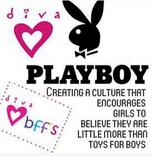 Diva is a budget Australian jewellery company popular with young girls - their ranges include Winnie the Pooh charm bracelets, Disney Princess pendants and Cute Cupcakes Best Friends necklaces. Recently they launched a range of Playboy jewellery - necklaces, rings, bowties, earrings – all come adorned with the popular Playboy bunny symbol. Suddenly Diva’s shop windows were plastered with Hugh Heffner’s porn symbol . Australian bloggers, activists, media commentators, TV and newspapers erupted in anger and controversy over Diva’s Playboy paraphernalia. Collective Shout explains Playboy’s marketing strategy: Playboy has succeeded in embedding its bunny logo on pencil cases, bed linen, cosmetics, jewellery, wallets, slippers and key chains, normalizing and sanitizing the Playboy insignia to children and young people. Playboy deliberately markets its brand to girls as cool fashion chic. Diva has become a willing participant in pimping the brand and its values to its young customers. Many of the Playboy products the company sells are decorated with sparkling diamantes or are in the shape of love hearts. There are ‘Playmate’ pendants and Playmate of the month necklaces (‘Miss January’, ‘Miss February’ etc), which invite girls to think of themselves as porn stars. One necklace depicts a Playboy bunny from her backside down. Her upper body, including her head, is missing. No longer merely a ‘soft-porn’ magazine, Playboy is now a billion dollar global brand profiting from the exploitation and subordination of women. Playboy Enterprises pornographic film titles include “Cum Drinking Sluts”, “Barely 18 Anal Virgins”, “Fresh Juicy Lolitas”, “Double Entry”, “Wait your turn, bitch!” These films and others depict women enduring body punishing and violent sexual acts for men’s sexual pleasure. Diva pretends this doesn’t matter. The Diva Facebook wall was overwhelmed with passionate arguments from both sides of the case. I want to share with you Dannielle Miller's case for what Playboy really means. 1. Playboy is not harmless, mainstream fun. It is not a cute little bunny. 2. Playboy is Hugh Hefner. He is 85. He lives in the Playboy mansion with his girlfriends, all at the same time. It’s not so much that he could be their father, more like their grandfather. Or great-grandfather. He ain’t that cool really, is he? 3. Playboy isn’t harmless or soft porn. As Collective Shout notes, some of Playboy’s films “depict women enduring body punishing and violent sexual acts for men’s sexual pleasure”. Some of their films have titles that are sickeningly degrading of teen girls and women... It is clear from the titles alone that this brand sells material that denigrates women and treats them as objects. 4. Criticism of Playboy isn’t a new thing. Writer and feminist Gloria Steinem exposed the truth of the Playboy Bunny’s life when she wrote a magazine article after going undercover to work at the Playboy Club almost 50 years ago. It wasn’t glamorous. It was badly paid, exploitative and denigrating. She pretended to the woman interviewing her for the bunny job that she had been a secretary. The interviewer looked at her and said, “Honey, if you can type, why would you want to work here?” 5. Playboy is not about women expressing their sexuality. It’s not about liberation. It’s about making money from women’s bodies. This marketing line on the Playboy site sums it up, really: “Get all these girls for 1 low price!” I lent my support to the various Australian individuals and groups voicing outrage and I signed Collective Shout’s petition for Diva to remove their Playboy range. I visited Diva’s Facebook page and voiced my dismay. As far as I was aware, Diva was an Australian company selling products in Australia and I wanted to support my Australian colleagues in their protest. Not a word about Diva was mentioned in the New Zealand media, or by any New Zealand blogger or commentator. Imagine my shock when walking down Wellington's Lambton Quay at lunchtime to be greeted by this sight: Yes, Diva and their Playboy bling are alive and well in New Zealand with 21 stores across the country. These are some products from their New Zealand website: It suddenly struck me: I had heard the Australian voices loud and clear – but where are the New Zealand voices standing up for New Zealand girls? Is it OK that Hugh Heffner’s failing porn company is being propped up by kiwi girls, some not even in their teens? What does a father say when their 10-year-old daughter delightedly shows them the new Playboy bowtie they bought at Diva with their pocket money? Do we want a company that exploits and degrades women to be developing brand loyalty in our little girls? I say no. Anyone else with me?
**NB: I am not anti-porn or anti-sex - I am anti-exploitation. I welcome comments and love to debate, but will cheerfully delete any comments that make personal attacks on anyone. Check out my comments policy if you need clarification. Over the past few days the New Zealand media has been in a bit of a frenzy about sexuality education. The headlines say it all: Sex ed shock for angry parents, Sex at 14 - I learned all about it in class, Parents complain about sex ed's 'plastic black penis', Shock over sex education subjects.
As the outpouring on talkback radio and social media sites demonstrates, sexuality education is an issue that lies very close to our hearts. There have been some very controversial statements made, and I certainly don’t agree with them all. But I am delighted that this topic is getting attention from the media and the New Zealand public. Because sexuality education in New Zealand is not in a very good state. An Education Review Office (2007) report The Teaching of Sexuality Education in Years 7 to 13 found that "The majority of school sexuality education programmes are not meeting students’ learning needs.” Some schools are providing fantastic programmes – but many schools have programmes in need of an overhaul. In some schools, the Ministry of Education's sexuality education requirements are ignored. The quality of sexuality education programmes has far-reaching impacts on our community’s health and well-being. New Zealand has one of the highest rates of sexually transmitted infections and teenage pregnancies in the OECD. And 20% of New Zealand 13 year olds have already had sexual intercourse. It’s crucial we get sexuality education right. Sexuality education is a compulsory part of the curriculum from Years 1 – 10. When I explain this to parents, I sometimes hear a gasp of shock – “What?! Sex ed in Year 1!!!!” At which point I think it is really important to define sexuality education. It's not just about intercourse! According to the Ministry of Education, when learning about sexuality students will consider “how the physical, social, mental and emotional, and spiritual dimensions of sexuality influence their well-being.” It is supposed to be holisitc and it’s all about age-appropriateness. Sexuality education in the early primary years could be as simple as labelling body parts – eyes, ears, neck, penis, toes. Sexuality is inherent in all of us and our education system can't simply ignore it. Most of the media commentary this week has been regarding the topics being taught by teachers. Questions have been asked about the qualifications and experience of the teachers delivering this very sensitive topic. Before we start a witch hunt I think it’s important to examine how sexuality education fits in to our education system. In high schools, sexuality education is usually delivered by the Health and PE department. My experience is that about 95% of Health & PE teachers specialised in this subject for the PE, rather than the health. This means that all too often, sexuality education in high schools is delivered by a reluctant PE teacher. In Primary and Intermediate schools, sexuality education is usually integrated into the programme by the classroom teacher. I have contacted Colleges of Education for some details about the amount of sexuality education instruction in their degree and diploma programmes, but their answers have been vague and elusive. I get the impression – “not much”. This has been verified by speaking to teachers. I have spoken to some primary teachers who claim that they received absolutely no instruction on sexuality education within their qualification. Upon graduation, they are expected to teach sexuality education immediately, with very little (if any) professional development. (If anyone can give me any more detail on this, please do contact me!) Many teachers I meet hate teaching sexuality education, but they have to, so they are in a tough situation. When I am in a school delivering a Good Talks programme I am usually greeted by teachers with sighs of relief and thanks. For a variety of reasons, many teachers just do not feel comfortable discussing some of the aspects of sexuality education with their classes. And I totally understand this. I believe that sexuality education taught badly is worse than no sexuality education at all. It's such a delicate topic, and all too easy to get it wrong. When I am presenting in schools I like to precede the student sessions with a parent seminar. This ensures that the parents are on the same page, understand what I am discussing with their children and gives them the chance to ask questions. It also gives them the knowledge and confidence to support their children in their sexuality education. Because parents will always be the most important educators of sexuality. I am delighted this conversation is happening in the New Zealand media. I want it to continue. But I want the witch-hunt aspect to stop, as talk-back radios try to out-compete each other in the-most-dreadful-sex-ed-story-they-have-ever-heard. I want the conversation to turn to a discussion about what sexuality education is, why we need it, and how our communities can best support schools to deliver it effectively. - Click here to read an earlier post on ridiculous journalism + sex ed. - Blog posts coming up later this week on sexuality education content (what should schools be teaching?) and the role of the parents and wider community in creating school sexuality education policies. **Disclaimer – there are some schools and some teachers doing an absolutely fantastic job delivering sexuality education in New Zealand. I applaud these people. Those that are struggling with it are struggling because of a multitude of reasons, not easily addressed in a 200 word attention-grabbing newspaper article. If you are a parent and are concerned about the sexuality education in your school, I urge you to contact the Principal and your Board of Trustees to discuss your concerns.  One of New Zealand's national headlines today was "Question after school puberty talk shocks granddad". Given my line of work, I was intrigued. Apparently, following a evening sexuality education evening, an 8 year old girl asked her grandfather about the size of his penis. After reading the article, I came to three conclusions:
1. This is ridiculous journalism 'Sex sells' and sexuality education portrayed as outrageous also sells. One man unhappy with one school's sexuality education evening does not constitute national headline news. Particularly when the public health nurse at the optional "mother and daughter" evening spoke only about puberty and the associated changes, and did not talk about penis size or go into any sexual detail. A fantastic sexuality education programme wouldn't be considered 'newsworthy" by mainstream journalism. Imagine this: Happy parent comes home from sexuality education parent/child evening, calls up local journalist to report what a great evening it was and how they all feel so much better prepared/informed on how to face the questions and changes that will be happening in their child's life. I can't imagine that making ever making the national headlines. (If any journalists disagree with me and would like to write a positive article on quality sexuality education I would be more than happy to help them out!) 2. Ridiculous journalism leads to inadequate sexuality education for our children. With negative journalism such as this, it's no wonder that the Education Review Office (2007) report The Teaching of Sexuality Education in Years 7 to 13 found that "The majority of school sexuality education programmes are not meeting students’ learning needs.” In order to avoid potential negative publicity, today's headline makes it more desirable for schools to ignore the Ministry of Education's sexuality education requirements. 3. A teachable moment was lost The child's question immediately had an adult's framework put on it. Children don't see sexual topics in the way adults do. For a child, asking about the length of a penis is akin to asking the length of your finger, how tall you are, how fat/thin you are. Kids are curious and are exploring their world and the least we can do is give them honest answers to questions. Even if you 'suspect' an ulterior motive to a question, the best way to diffuse it is to give it an honest answer. Students have certainly tried to 'catch me out' in class by posing explicit or weird questions - the way I respond to them determines the outcome. Sure, kids will ask the adults in their lives questions that may embarrass them - but it's the adult's responsibility to respond maturely and with integrity. Given that this grandfather went to the media about the question his granddaughter asked him lead me to assume that a HUGE deal was made out of her question. I think that right now this girl would be rather confused about things. A real teachable moment was missed. The conversation could have just as easily gone like this: Girl: "Grandad, are you worried that your penis is too small/big/short/long/fat/skinny?" Adult: (smiles, because hey, it's an amusing question) "No Jane, I am not worried at all. Everyone's body parts come in all different sizes. Just like I am fatter/taller/skinnier than your Dad/uncle/brother, our penis' are all different shapes and sizes too." Girl: "Oh, OK, I was just wondering. Can we go to the park now/eat dinner now/watch TV now?" (The girl had a question, it was answered honestly without drama, and they moved on with their day). Meanwhile, I applaud St Paul's School in West Auckland, for hosting a 'mother and daughter' evening. I hope that other schools see this type of journalism for what it is and are not put off offering their students quality and comprehensive sexuality education. Thanks to Boganette for alerting me to this article. You can read her post on this issue here. After commenting on her blog I felt compelled to write more about this issue myself. |
AuthorRachel is a writer and educator whose fields of interest include sexuality education, gender, feminism and youth development. Archives
November 2023
Categories
All
|

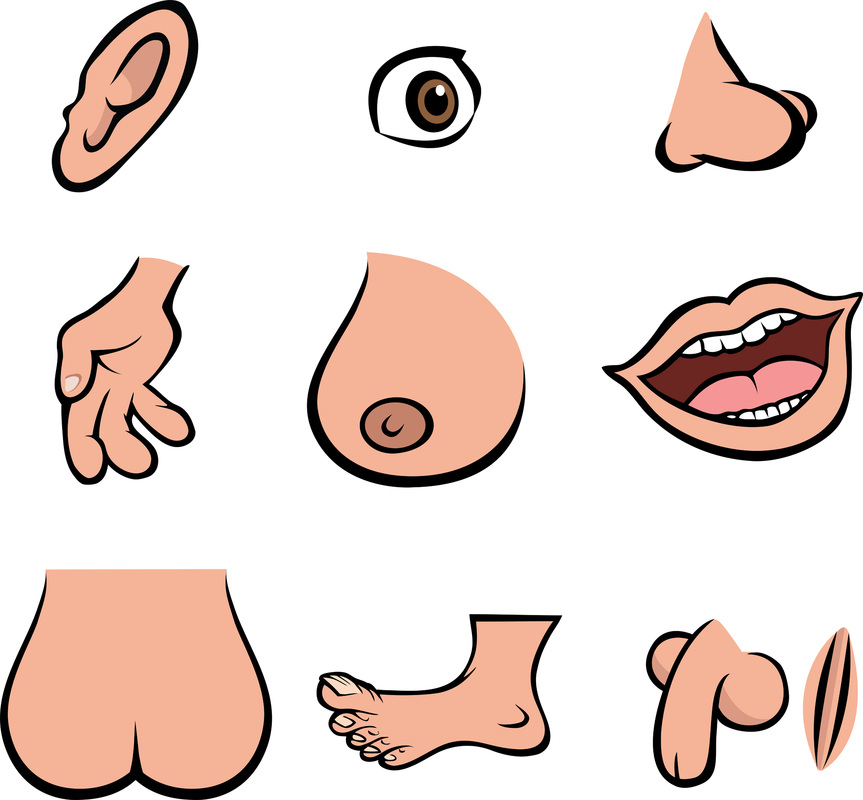
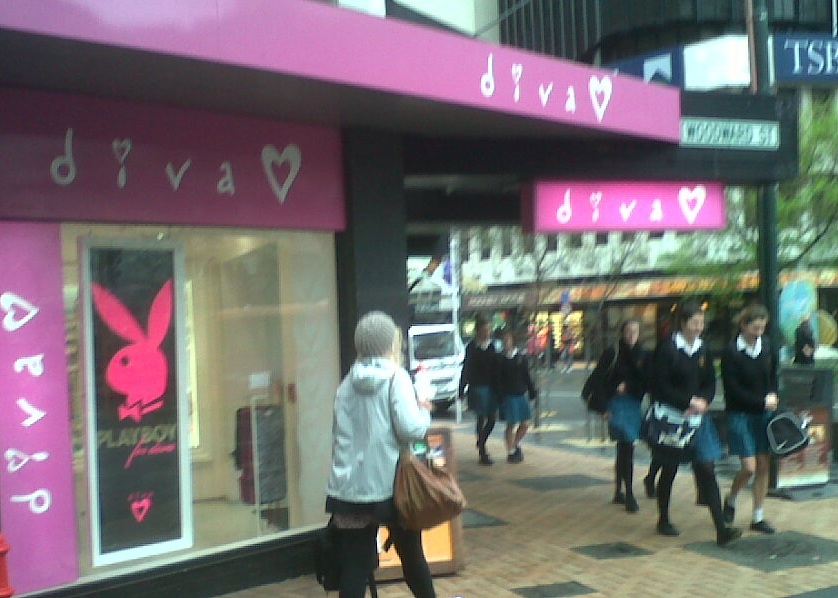
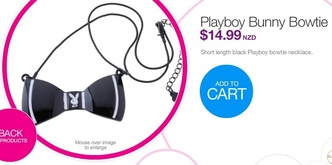
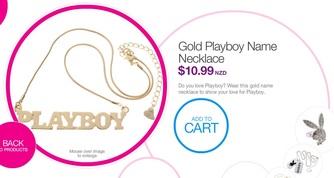
 RSS Feed
RSS Feed




